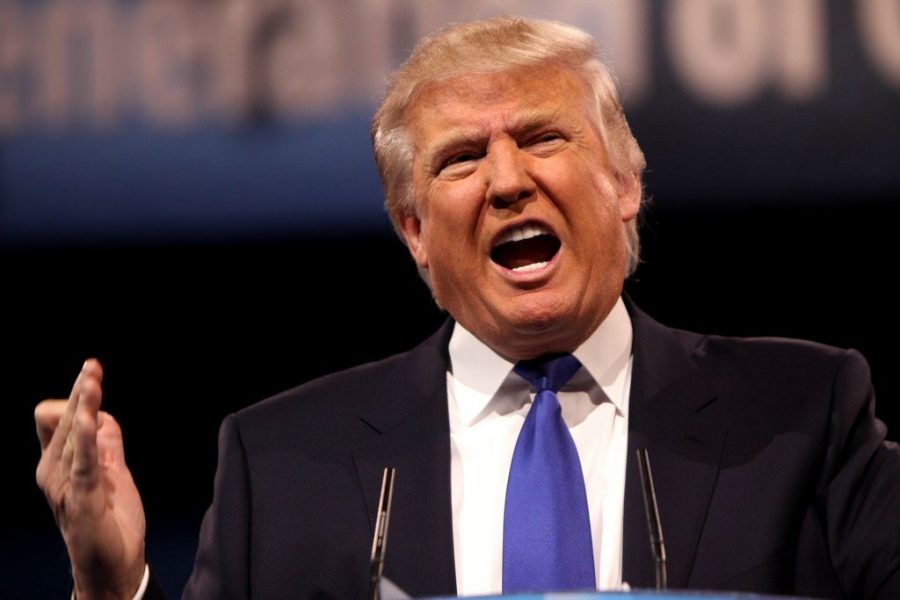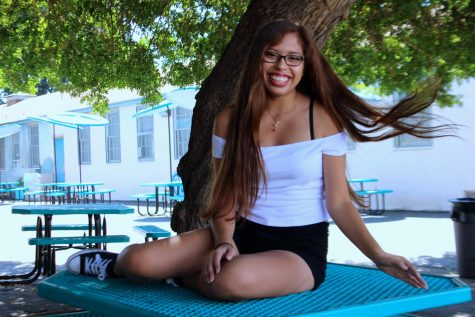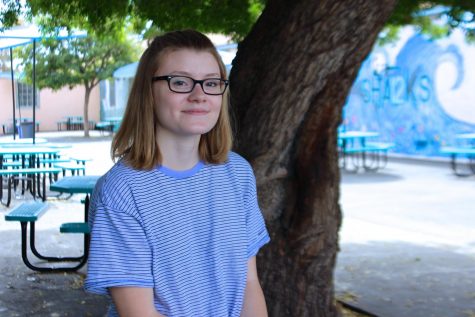Hate crimes increase after Donald Trump elected president
December 15, 2016

After Election Day on Nov. 8, hate crimes targeting race, religion, sexual orientation, gender or physcical disabilities have occurred all over the country in the hundreds. President-elect Donald Trump went on air to call a stop to the crimes that offenders have put under his name.
Throughout his campaign Donald Trump’s controversial comments and tweets caused tension among Americans and alienated the groups he targeted.
“When Mexico sends its people, they’re not sending their best. They’re not sending you. They’re sending people that have lots of problems, and they’re bringing those problems with us. They’re bringing drugs. They’re bringing crime. They’re rapists,” Trump said during his candidacy announcement speech in 2015.
Since Trump won the presidential election on Nov. 8, hate crimes have dramatically increased, according to a study by the Southern Poverty Law Center (SPLC).
“There has always been people with harmful intentions and hateful hearts, but since the election, minorities have witnessed a rise in discrimination and hurtful actions,” senior Andrea Escamilla said. “It saddens me that students are being targeted because of their ethnicity, skin color, or sexual preference.”
The SPLC has tracked over 700 hate crimes since election day, some of which have been committed in Trump’s name.
The various hate crimes include people chanting racial slurs, painting swastikas on public buildings, and physically harassing Muslims and other minority groups. Some of the most alarming hate crimes have taken place at schools, with students verbally assaulting their classmates. Numerous accounts of students chanting, “build a wall” and “ten feet higher” to Hispanic students have been reported.
Hate crimes such as these have been linked to Trump because of promises he made during his campaign in which he voiced his stance on illegal immigration.
“I will build a great wall – and nobody builds walls better than me, believe me – and I’ll build them very inexpensively. I will build a great, great wall on our southern border, and I will make Mexico pay for that wall. Mark my words,” Trump said during his candidacy announcement speech.
Students across the country are also terrified by messages of hate that have been written on schools and public buildings. At a high school in Minnesota, racist graffiti of “Whites only” and “Go back to Africa” was written on bathroom stall doors.
California has also seen an increase in hateful behavior. A Muslim student at San Diego State University was harassed by two men who grabbed her belongings and made hateful comments about her faith.
Various Trump supporters have argued that these hate crimes are fabricated by anti-Trump groups in order to make the impression that Trump’s election is causing a national crisis.
“I haven’t heard any hate crimes,” sophomore John Senden said. “I get that he said a lot of bad things and I don’t agree with everything he says, but I don’t think anything will happen.”
Although some of the reported hate crimes have been committed as a hoax, such as, the tagging of swastikas and racist graffiti, the hatred toward many groups of Americans is still seen nationwide. The blatant hate that has been occurring in schools shows the discrimination some students are facing.
Increasing hate crimes in schools undermine what should be one of the safest environments in society. As a result of Trump’s presidency, the pre-conceived notions and judgement many people have about other individuals has been heightened and seen as acceptable. Hate crimes, especially those in schools are threatening the safety and sense of belonging students should feel.
“One way schools can try to prevent hate crimes is to speak with the students about everybody’s difference in opinion and why it is important to respect that,” junior Madison Feinstein said. “Providing students with an unbiased education on this election and what it means going forward may help some kids accept how their classmates feel.”
Instagram: @aangel__rivera
Twitter: @aliicecurran








